You will find a list of 12+ best Indian vegetarian millet recipes that are healthy, easy to make, and packed with nutrition. From savory dishes to desserts, millets offer a wide range of possibilities for adding to your diet.
Here, you will find easy and delicious healthy Millets (Siridhanya) Indian recipes, including breakfast, lunch, and snack recipes for your family.
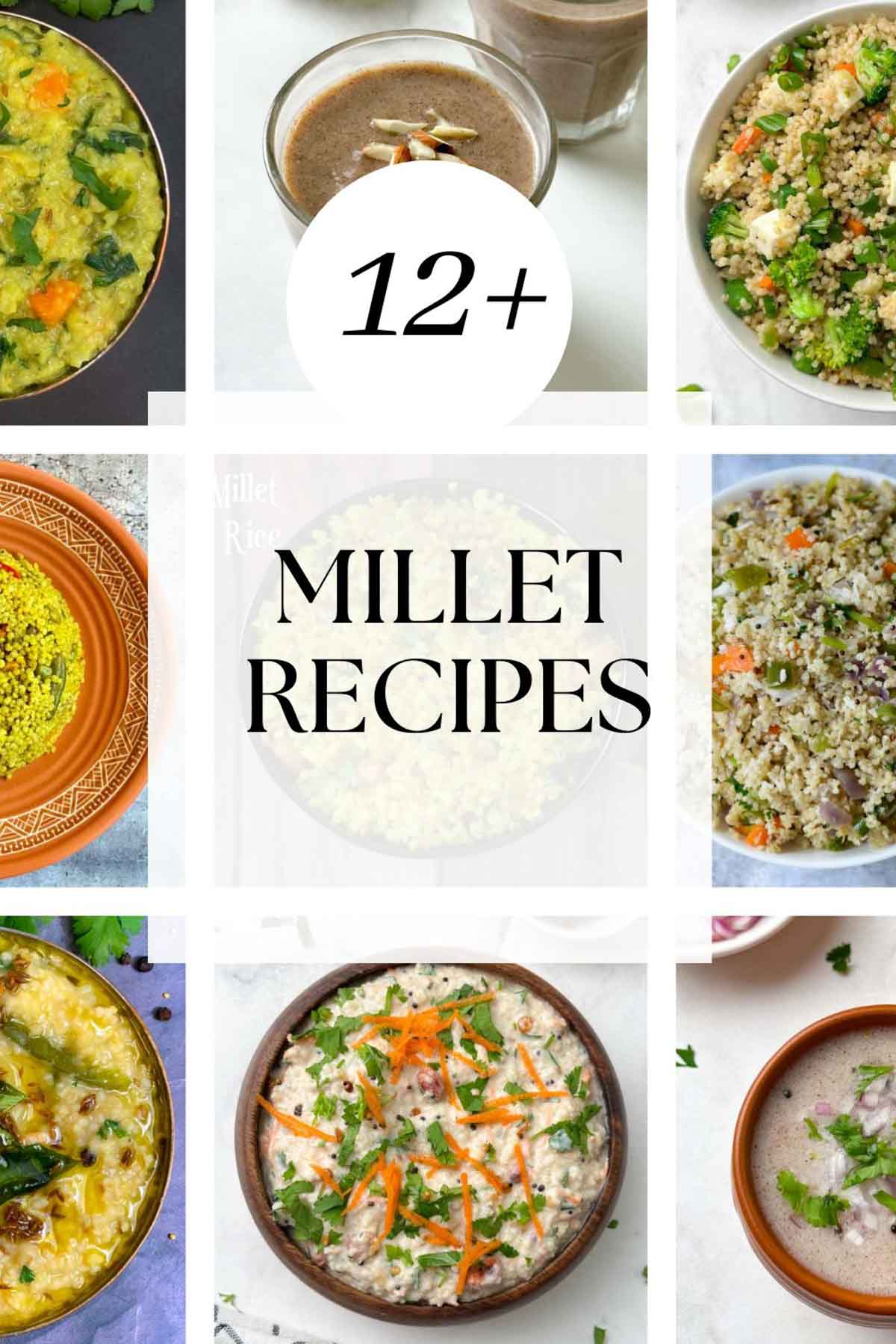
Jump to:
- What are Millets (Siridhanya)?
- Health Benefits of Millets?
- Types Of Millets
- 12+ Indian Vegetarian Millet Recipes
- Instant Pot Millets
- Little Millet Upma (Samai Upma)
- Little Millet Lemon Rice (Samai Lemon Rice)
- Bajra Khichdi Recipe | How to make Bajra Khichdi
- Foxtail Millet Pongal
- Millet Curd Rice
- Foxtail Millet Fried Rice
- Foxtail Millet Salad
- Millet Pulao Recipe (Kodo Millet Pulao)
- Ragi Malt (Ragi Porridge)
- Ragi Banana Date Smoothie
- Ragi Ambli (Ragi Ganji)
- Ragi Soup
- Ragi Makhana Smoothie
- More Indian Recipe Collections
- Millet Recipes
What are Millets (Siridhanya)?
Millets are called Siridhanya in Kannada and are one of the oldest known foods for humans. Millets are Ancient Grains. Mankind has known their nutritional value for centuries. They are naturally gluten–free. Low on carbs and high on fiber. They get digested slowly, giving sustained energy.
Millets are ideal for diabetics looking for an alternative grain to rice. They also help increase the bioavailability of minerals and have strong antioxidant properties. Regular consumption helps in decreasing triglycerides and C-reactive protein.
Health Benefits of Millets?
For humans, they release glucose slowly into the bloodstream, unlike highly processed Rice & wheat, which release it very quickly. Millets are highly nutritious and rich in calcium, protein, fiber, and the list goes on. They are gluten-free, unlike rice and wheat.
- Prevent diabetes
- Healthy heart
- Prevent cancer
- Anti-aging properties
- Balance cholesterol level
- Strengthen bones
- Assist digestion
Types Of Millets
Grains are classified as Positive, Neutral, and Negative. And the Millet range of grains constitutes Positive and Neutral grains.
Among the Positive Millet Grains, which have dietary fiber from 8 % to 12.5 %, are
| English | Hindi | Kannada | Tamil | Telugu |
| Foxtail Millet | Kakum/Kangni | Navane | Tenai | Korra |
| Kodo Millet | Kodra | Araka | Varagu | Arikelu |
| Little Millet | Kutki | Same | Samai | Samulu/Sama |
| Barnyard Millet | Sanwa | Oodhalu | Kuthiraivaali | Udhalu |
| Brown Top Millet | Korale |
Whereas Neutral Millet Grains, have a little lesser fiber and other nutrients.
| English | Hindi | Kannada | Tamil | Telugu |
| Finger Millet | Nachani | Ragi | Kezhvaragu | Ragula |
| Proso Millet | Barri | Baragu | Panivaragu | Varigulu |
| Pearl Millet | Bajra | Sajje | Kanbu | Sajja |
| Great Millet (Sorghum) | Jowar | Bili jola | Jolam | Jonna |
12+ Indian Vegetarian Millet Recipes
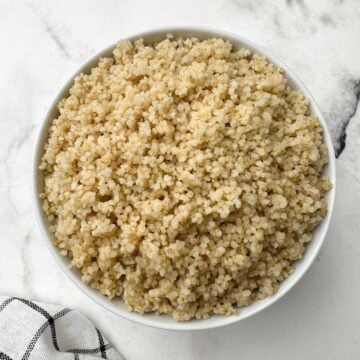
Instant Pot Millets
Little Millet/Samai Recipes :
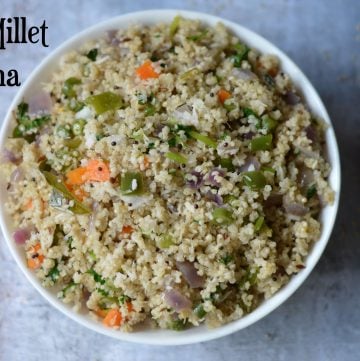
Little Millet Upma (Samai Upma)
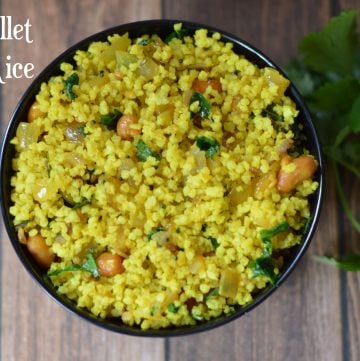
Little Millet Lemon Rice (Samai Lemon Rice)
Pearl Millet Recipes:
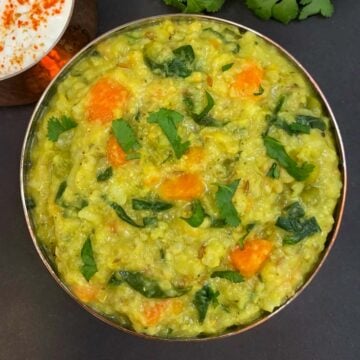
Bajra Khichdi Recipe | How to make Bajra Khichdi
Foxtail Millet Recipes:
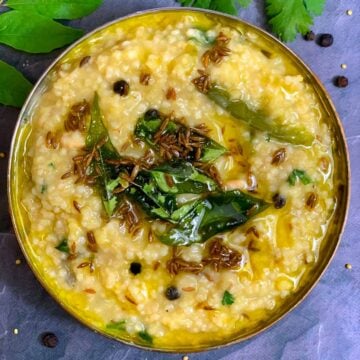
Foxtail Millet Pongal
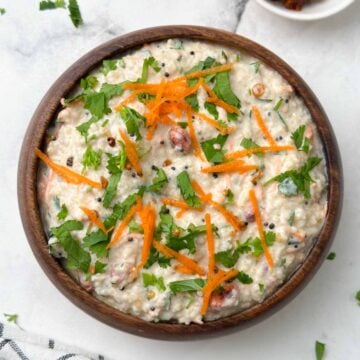
Millet Curd Rice
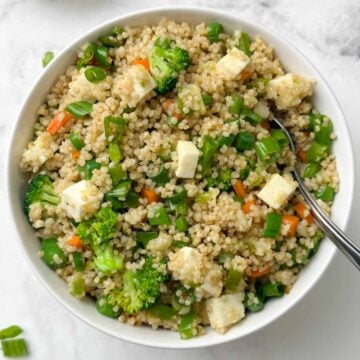
Foxtail Millet Fried Rice
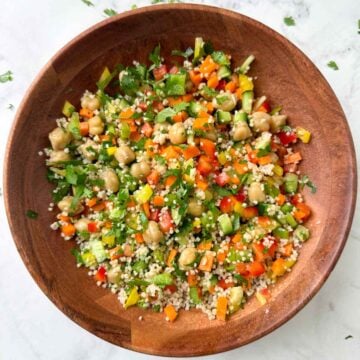
Foxtail Millet Salad
Kodo Millet Recipes:
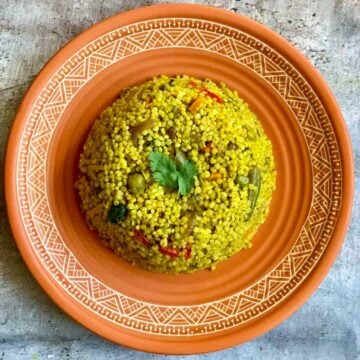
Millet Pulao Recipe (Kodo Millet Pulao)
Ragi (Finger Millet) Recipes:
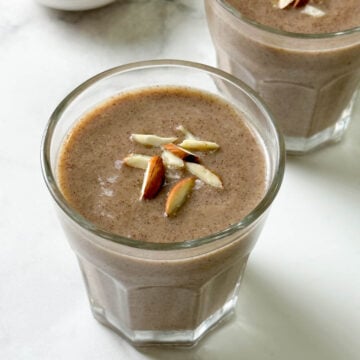
Ragi Malt (Ragi Porridge)
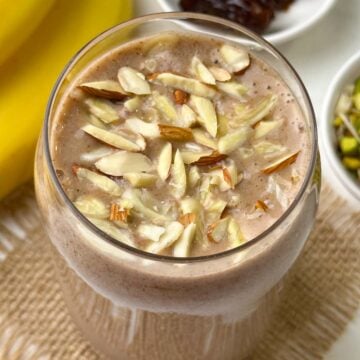
Ragi Banana Date Smoothie
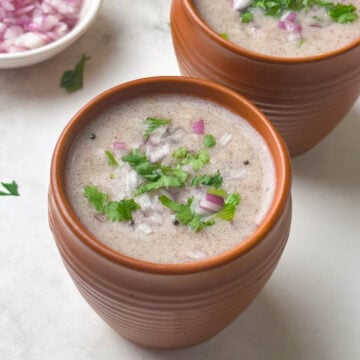
Ragi Ambli (Ragi Ganji)
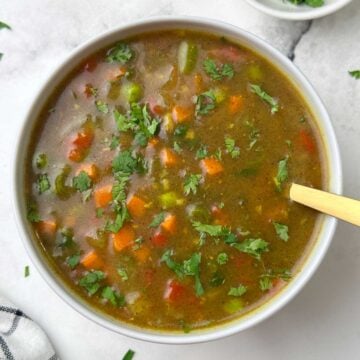
Ragi Soup
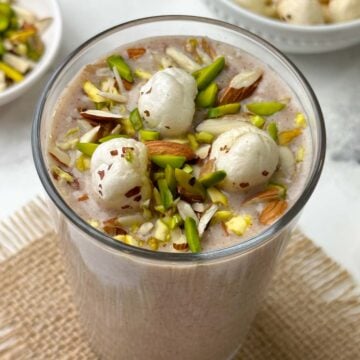
Ragi Makhana Smoothie
All these recipes are perfect for adding to your millet recipes diet. Try them at home, and let us know how you all liked them in the comments below. For more such recipe ideas, stay tuned!
So do make sure, to bookmark this page by clicking the heart icon ❤️ on the right-hand side.
More Indian Recipe Collections
- 15+ Indian Salad Recipes
- 20+ Indian Drink Recipes
- 20+ Indian Air Fryer Recipes
- 25+ Instant Pot Indian Curry Recipes
- 30+ Instant Pot Indian Rice Recipes
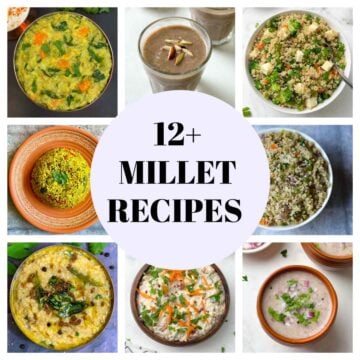
Millet Recipes
★ Like this recipe? FOLLOW ME on Facebook, Instagram, Pinterest, and Youtube for more quick & easy recipes.

Leave a Reply